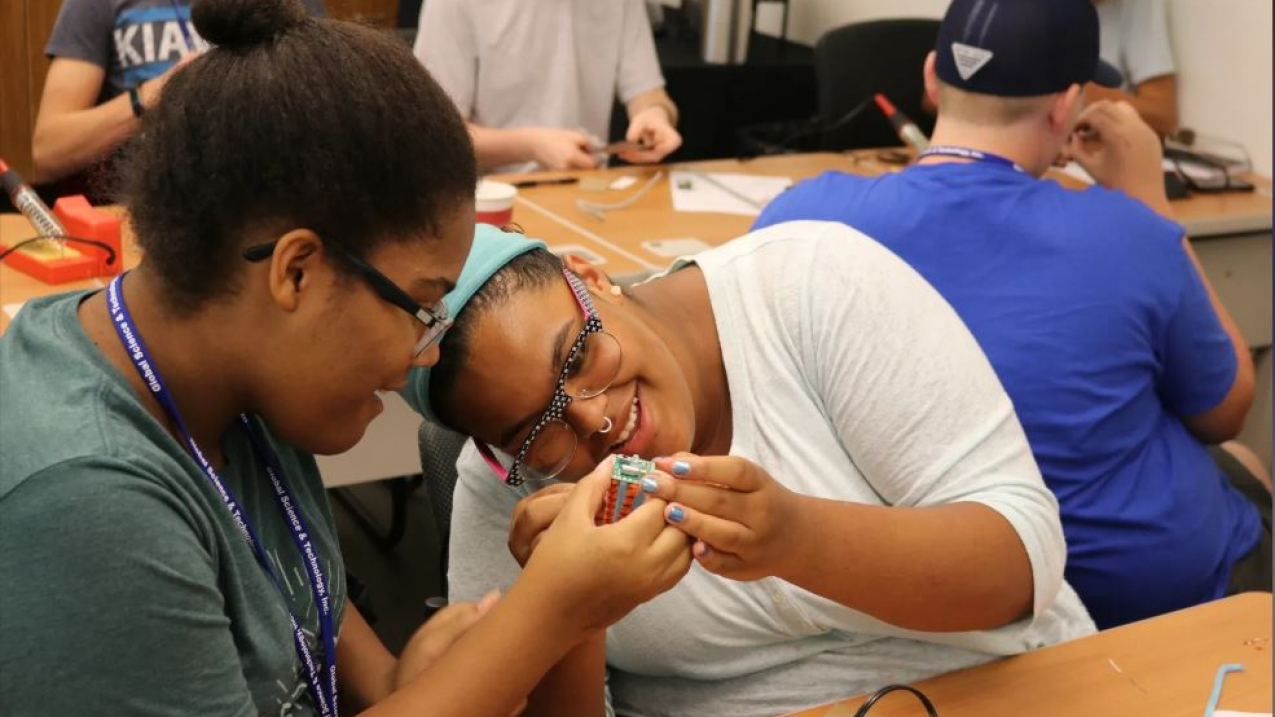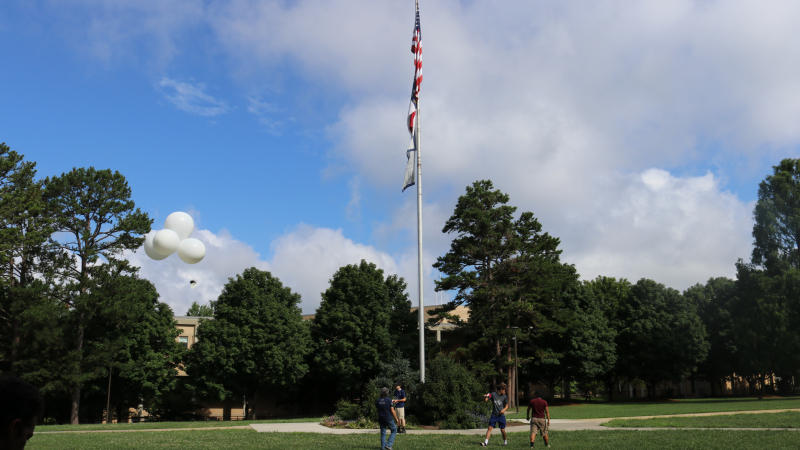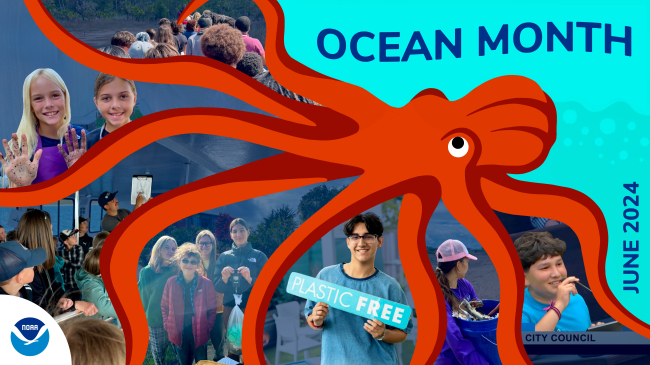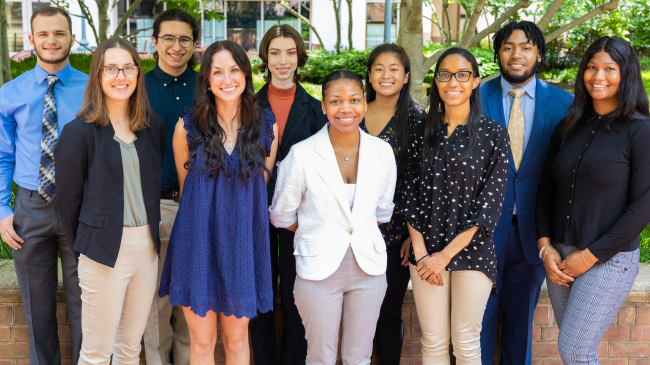In July 2018, 25 high school students arrived at the tree-lined campus of the University of North Carolina Asheville. They were younger than the typical students on a university campus, but their task was taller: in just five days, they would build and launch their own miniature satellites on weather balloons.

Students designed “Jiggy Bot”robots, developing technical skills like soldering. (Image credit: Annette Hollingshead/NOAA)





